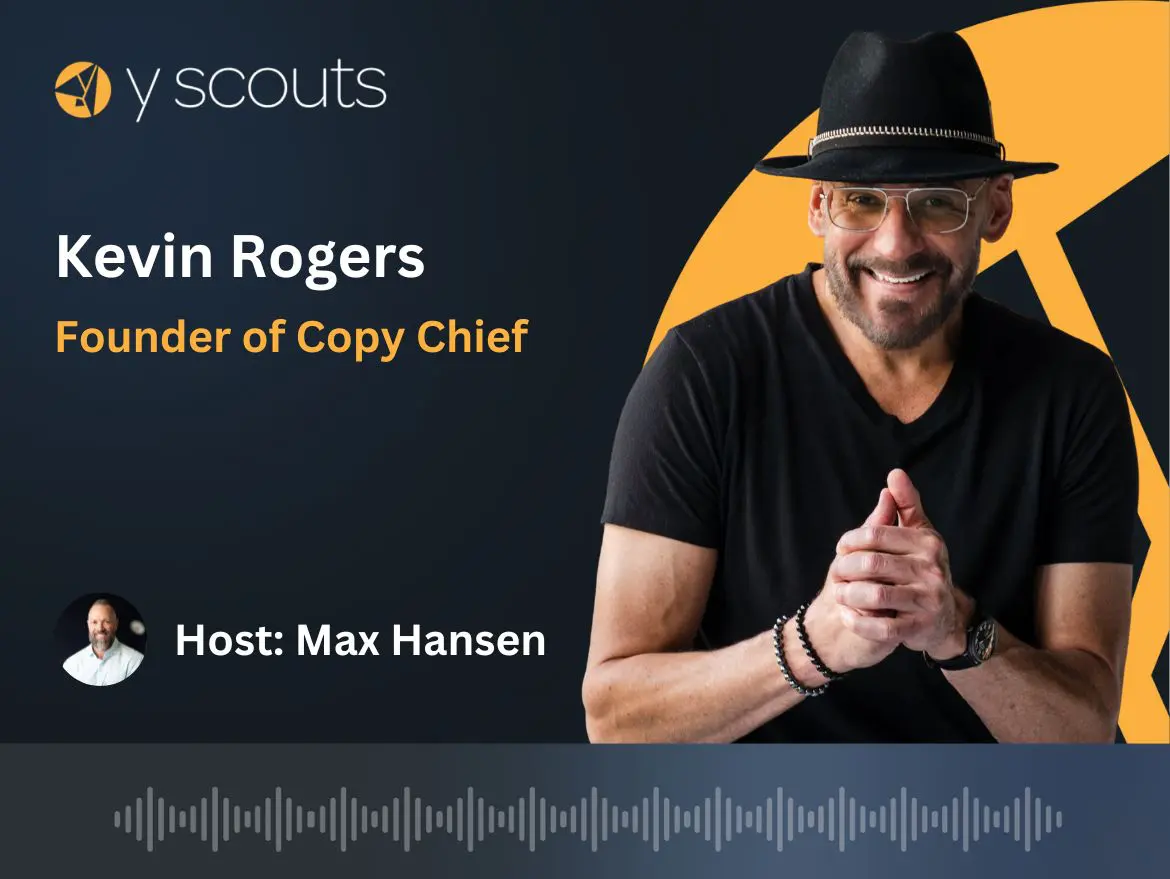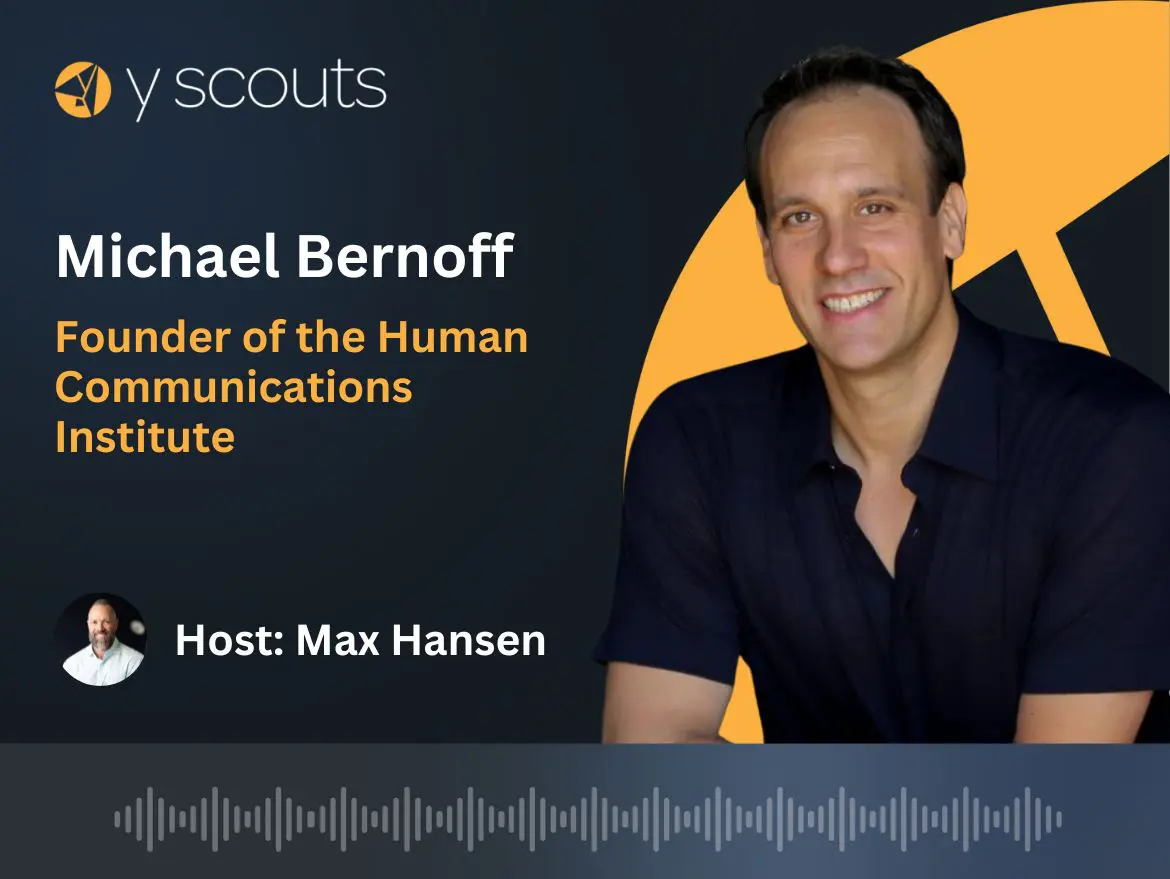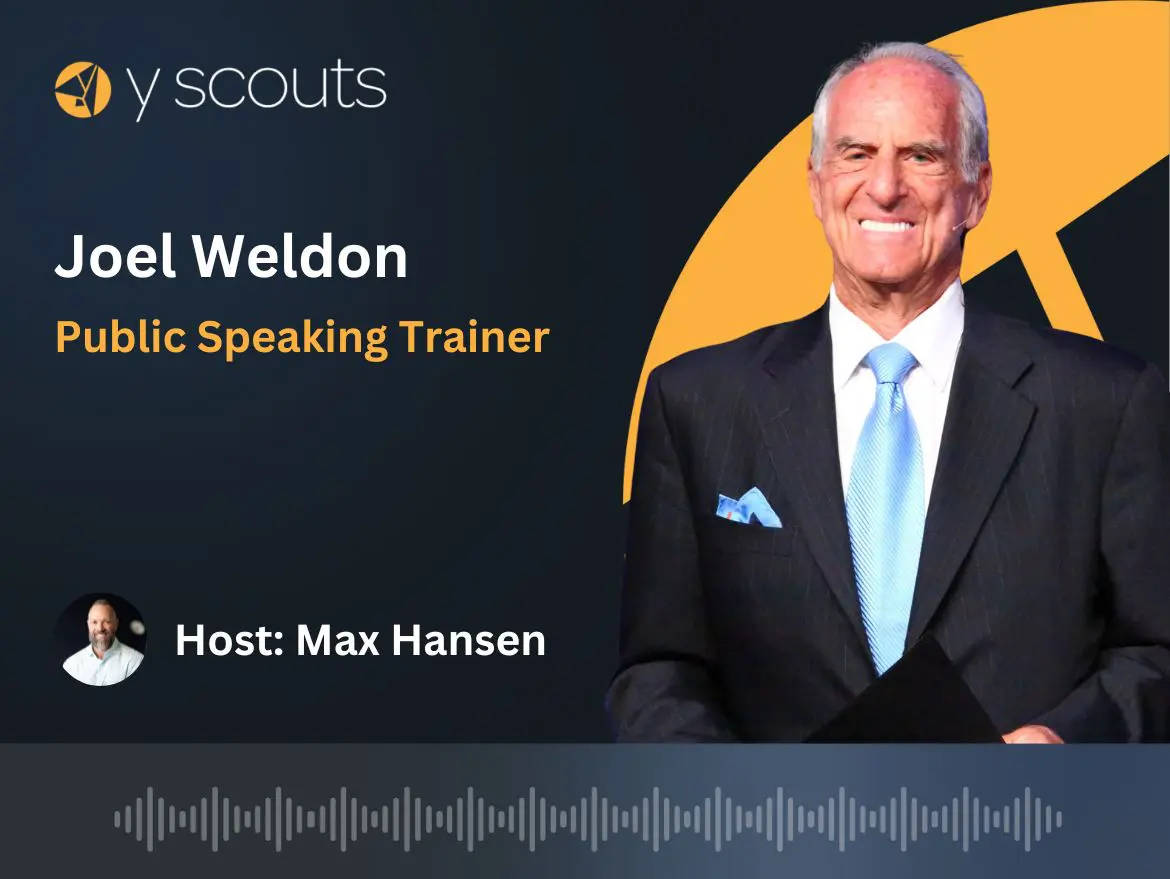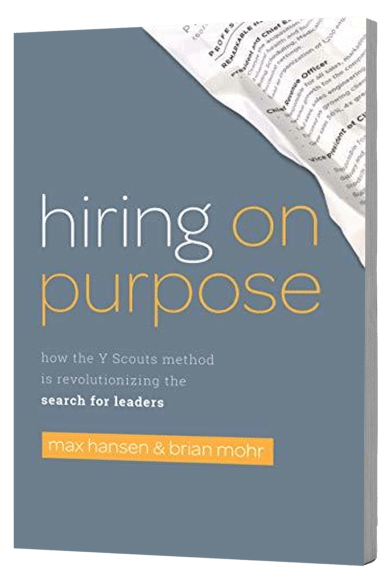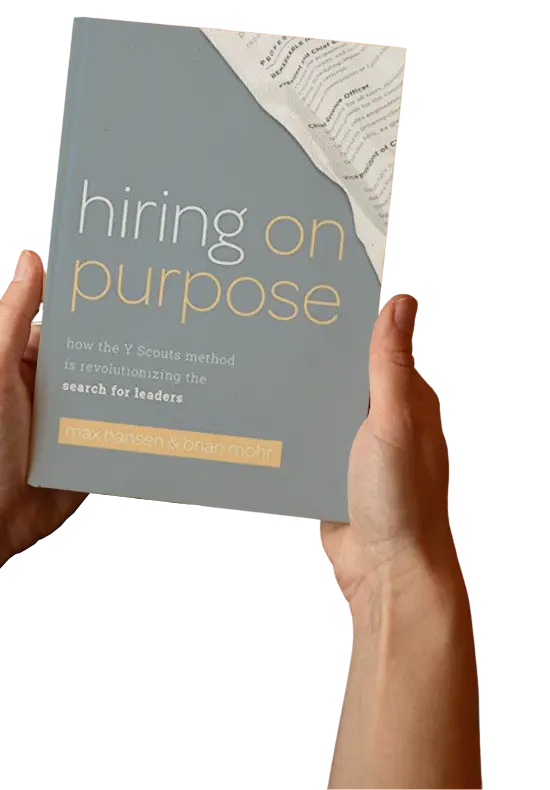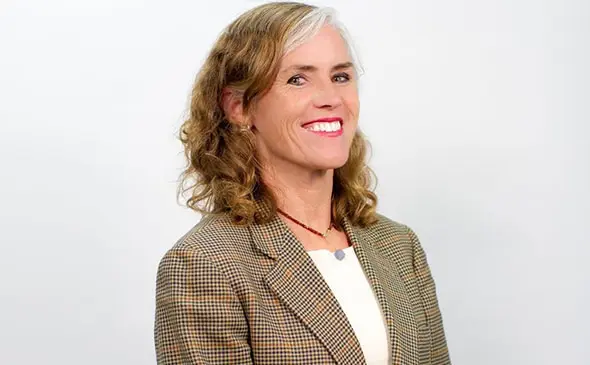
Kat Taylor’s purpose in work is restoring social justice and environmental well being. What’s fascinating is that Kat is working to restore that social justice and environmental well being in banking – an industry she describes as “just above oil, gas and government in popularity.”
Here’s the transcribed interview:
Really appreciate you spending the time with us here this morning, and I’m really excited to start. I had an opportunity to watch the B Inspired event that you did in Burlington not too terribly long ago. And one of the things that I found fascinating is you were sharing the popularity level of banking as ranking just above oil, and gas and government in terms of its popularity. And given the not so high popularity marks of banking to have planted your flag in banking and starting Beneficial State Bank, I would love to hear more about why you chose that to make your difference in the world.
It’s great. Thank you for the opportunity to talk about that. Banking is very boring, complicated and reviled. I’ll say you are correct. We are third from the bottom of the most recent Gallup poll assessing the popularity of 100 industries, and oil, and gas and the federal government are the only ones below us. It’s kind of a four-letter word after the Great Recession, but that doesn’t mean that it’s not a very important system and dynamic in the American economy and in society.
The way we look at it is banking is actually the original and most powerful form of crowdfunding. It’s not technically taking a person’s deposit dollars and funding a specific loan. I don’t mean that. There is the fractional reserve system that drives banking, but it is deposit funding that finances the American economy and the two primary functions of banking have been and should be providing that finance for the economy – the amplification of the money supply is another way to think about it – and then when needed, liquidity for the depositors who provided the funding in the first place. So when we need to buy a car or home or send someone to college, those kinds of expenditures are large, lumpy expenditures and we need to finance them, too.
So there are $12 trillion, I think, at this moment in time of depositor funding in the American economy. That’s a very large number and we feel that the reform of banking that’s most needed is to rebalance the critical stakeholders of banking and meet their expectations. So of course we have responsibilities to shareholders in the bank system, but we also have responsibilities to the depositors who provide that funding, to the borrowers who are trying to build the new economy, to the communities that will be so greatly influenced by the nature of our economy and to the environment upon which we all depend.
So we wanted to take a refreshed view of banking and design a bank model that could prove it was financially viable at the same that it produces social justice and environmental well-being by respecting those stakeholder groups. And when that bank model was proven, which now has been profitable for several years, use that to reactivate communities of deposit capital, communities of equity capital and most importantly human capital to redirect the banking system, to change the banking system for good. It’s just way too powerful in terms of the societal outcomes it produces not to pay a lot of attention to it.
Well, and you have certainly furthered that mission by the way you’ve organized Beneficial State Bank in that all of the profits when made are given directly to the foundation for a reinvestment into the communities that you serve. Can you talk a little bit perhaps was there any pushback by any of your stakeholders maybe with an emphasis on some of the original investors or shareholders at that type of a model, which is incredibly different from the traditional banking model?
Yeah, so there are three features to our bank model that are radically different from banking as we’ve known it in the last 30 years. The first one, we’re not expecting the banking system to take up necessarily, but it is as you say that 100% of the economic rights of Beneficial State Bank belong to the Beneficial State Foundation. That is a public charity foundation, so it is permanently governed in the public interest. It cannot be controlled by private individuals, and it draws its efforts and patience from three organizations.
The Tides Foundation, which is a broad, national grant-making foundation, to us, representing community development, to bridge housing, the largest affordable nonprofit housing developer in the West Coast representing fair access to housing for us. And until recently, East Bay College funds a smaller but very effective nonprofit in the Oakland area where representing to us access to high-quality and higher education.
So that governance is very, very important, and it is reinforced again by the bylaws of that foundation that say, “If and when the foundation receives any profit distributions from the bank and it’s the only entity that can receive profits from the bank, the foundation must reinvest those funds into the low-income communities we serve and the environment upon which we depend.”
Now I will tell you that in the early life of a bank and we are very, very regulated and embrace our regulations, we are not allowed to distribute profit to the dividend process. The regulators want to see young banks retain their earnings, keep their earnings internally to fund growth.
So until we get to the point where we can issue dividends, we have capitalized the foundation with external resources, and the foundation gives away in sponsorships of nonprofits in all of our communities and markets the equivalent of about 10% of our profit each year. So we’re trying to live up to that promise before we’re actually technically allowed to do that, but you are correct that if the frontend of the banking cycle is a form of crowdfunding, that deposit-gathering lending, the backend of profit distribution in our model is a very high complement to the bank activities.
Yes. So I’m curious from a team building standpoint, the individuals who you have enrolled at Beneficial State Bank to help you pursue this mission, has having the structure that you have and where these profits are reinvested through the foundation, has that served as a point of both a benefit in attracting the right type of people as well as, I guess I could say, equally a benefit in repelling those who are more traditional in the way they think about the banking business?
Yes, and I’ll backtrack a second because I didn’t answer one of your questions. It is a very unusual model, and while it precludes something, it opens up a big opportunity set and it is mostly that mission alignment that potential colleagues who come to think about working at the bank are very excited about the integration of their values with their work. And I think it is a very big competitive advantage in recruiting topnotch colleagues. It also frankly provides alignment to especially the institutional depositors like large foundations, community foundations or nonprofits who want their money to be working in compliment of their values and program activities while it’s basically stored at a bank.
And it is also a way that we can talk to so in the beginning of the bank, all of the capital was provided by myself and my husband. So we didn’t have to convince anyone else that this was a good model to invest in, but over time as the bank grows, we need to attract additional investors to provide growth capital. And we are now to the point where a foundation or a family office that has a charitable vehicle. In fact, a couple are actually considering putting an investment in the bank through their charitable vehicle so we keep our ownership alignment that 100% economic rights belong to some form of foundation or charity. And the way they look at it, they can get some return on their investments for their charity to make more grants, but they also deserve and get the pro rata of our impact.
Our impact is the second area that’s different about our bank from the traditional bank models. All banks have impact good or bad, and a lot of them have a lot of good impacts. They might have very elite community reinvestment departments that do a great job, building affordable housing and contributing to nonprofits, etc. No bones about that. They do a lot of really good stuff. But it is in the preponderance of what they do, and it doesn’t preclude them from doing things that might actually be quite antithetical to all those public benefits. So they’re kind of dragging the train of misery behind really good lending activities in many cases.
In our bank, we made a commitment that at least 75% of the loan dollars outstanding at Beneficial State Bank will always be in mission hands. So those are borrowers, nonprofit or for profit, who are producing renewable energy, sustainable food, affordable housing. They’re borrowers like cooperatives and B corporations. They’re previously deprived borrowers, women and minorities who own businesses, low-income communities, nonprofits.
We measure where those dollars go and what they do when they get there. And the reason we commit a preponderance, that 75%, is that if we don’t do that, we won’t be driving to the new economy that’s fully inclusive, racial and gender just and environmentally sustainable. We’ll be reinforcing the old one. If you flip the ratio, that’s exactly what we’d be doing. And by the way the other 25%, which is often less because we are often over 75% but can’t be working against our values as a bank. It can’t be the train of misery. So it might be rather neutral lending, but it can’t be contramission [SP].
Gotcha, gotcha. So your explanation for that, and thank you for that, certainly aligns to this emphasis that you’ve spoken about quite a bit around how to keep affection in business for good, which is something that largely has been absent from business in general. It was Freud who said work and love are the cornerstones of our humanness yet somehow we have not integrated those things in business. We have for ages and ages kept love out of the work place yet this is something that you have been speaking about and demanding is good for businesses, this idea that affection belongs in business. Can you elaborate on that a bit?
Oh, sure, thank you. I’m glad to be considered in the same breath with those very lofty and noble ideals. The ideal we set for ourselves is benefit to all, harm to none. That was a terrible [inaudible 00:12:53]. Benefit to all, harm to none. And that extends how we’re in relationship with our colleagues or our community or the environment. I love that you used the word, love. I often use the word, opinion. Everything we do we infuse with our opinions about what is benefit and what is harm. We don’t succumb to financial fatalism. And if the numbers work, then do it. If they don’t, don’t do it. We violate the financial first and only rule in both directions.
We do have to be sustainable from a financial standpoint so that we can keep doing what we’re doing but we are trying to create the best place to work. That’s actually highly correlated. That best place to work ranking is highly correlated with outsized performance financially too. So it’s smart to do that but it’s also the way we want to show up in the world. As a modern corporation, we are a B corporation, a very highly rated B corporation, that’s important to us. We need to be constantly improving our corporate practices for the benefit of our colleagues, for the benefit of the environment, our customers, and that constant, chronic process of self-assessment is the only way we can be honest about that especially because we broadcast the results.
We also are just labeled at the food style label getting at 22 social justice practices in the corporate environment, and we take pledges. We won’t finance coal, oil or gas. We pay 150% of living wage in all markets. It’s kind of suggesting that we are, in an existential sense, the sum total of everything we do. So we have to be really evaluating what’s our lending practice accomplishing, but also what are we doing, how are we in relationship with all those important stakeholders.
I believe everybody always probably wanted to live that way, but they didn’t feel they had the choice and I think increasingly generationally people are creating the choice and taking it and we can be part of that movement.
This feels like a great spot to speak at least briefly about the impact, it sounds like, John Rawls, had on you. And for those listening who don’t know John Rawls, he was an American moral and political philosopher and a professor at Harvard, and you’ve made mention that his influence or his point of view has impacted some of the rules at Beneficial State Bank. Can you expand a bit on that and the impact John has had on you?
It might be my own personal infusion of philosophy but I do. And I’m a layperson so I might reduce it incorrectly, but the way I think about it is he was suggesting design the world as if you don’t know what role, where you’ll land in it, what your resource allocation will be, what your capacities will be, what your obstacles might be. So another way to think about it is we all do better when we all do better. So let’s solve for that. Bring 100% of us through, not some sort of hierarchical kind of fierce competition where a few do really well and everyone else kind of suffers.
So I do think that’s at root of the bank’s philosophy, a firm belief in the value of every individual and our ability for everyone to do well if that’s what we set out to do. I think that’s also at root of our newest tagline, which is change the banking system for good. It seems so improbable for a now 600 million in assets bank to say that when the biggest bank in the system is $2 trillion in assets, that’s three times bigger than the Veterans Administration. And we know how difficult and challenging it has been to run the Veterans Administration. So running $2 trillion organizations is complex, and the jury is out about how well anyone could do that.
Sure.
You get my point that we are overwhelmed by the size of the banking industry. Nonetheless if we don’t aim that high, we won’t activate the incredible power of the collective. It is those depositors that have the ability to put their deposits where they want them to be or to change the institutions where they are and say, “This is what I want to be a part of. Can you meet me there?”
So we have a lot of belief and value of every individual, the power of the collective, and that we actually will all do better when we all do better. And that’s an equilibrium or space that we can get to. We don’t need to stay in the reductionist one where a competitive hierarchy keeps 99% of the people down.
It’s incredibly refreshing to hear this. It provides a tremendous amount of hope. Clearly the way things are working today on a whole are less than optimal. And organizations like yours who are charting a new course are exactly the recipe we need to improve life and well-being and social justice for everybody. It’s awesome.
I’m curious as it relates to the leadership team, I noticed as I was looking at the leadership team for Beneficial, that you have a co-CEO, Daniel. And I’m wondering how that decision was arrived at and frankly how you two strengthen and balance one another out. It seems to be a bit of a departure from what you’d find at any other bank to have a co-CEO relationship.
Yeah, it’s very New Age, isn’t it? And actually we ourselves resisted it for a while. This is an unusual organization in its human capital development trajectory, too, because while Dan and I both have backgrounds in banking, we are not career bankers. Both of us just devoted to the mission of the bank and devoted to building the human capital of beneficial banking in general. So we’re always trying to organize in whatever is the best way for the bank.
In the beginning, I was actually the third CEO of the bank, but I was just very nontraditional. We had a traditional org chart. Let’s put it that way. And as the bank was growing and evolving, we have to actually grow a movement and an ecosystem at the same time that we grow and run a unique bank model. More and more, we thought we really appreciate more of a flat organizational structure, because we’re also building the future human capital of the beneficial banking movement. So we need to bring more people up, give them more responsibility and opportunity so that we grow the ranks of these beneficial bankers.
So it made a lot of sense eventually to become co-CEOs where Dan can focus on the organizational development and human capital growth of the bank itself. And not to say that he isn’t also out on the road doing business development, and speaking and things like that, but that’s his focus. My focus is the external role, the development of resources, of the ecosystem, of the movement, of the visibility, of the value propositions, and then we come together and work jointly with a whole team on growth strategy, and product development, M&As.
We just announced the signing of a definitive last week to merge with a wonderful financial institution called Pan American. It’s really the combination of Finance and Thrift. It has been a very honorable and good auto lender in five branches of the Central Valley and Pan American Bank, which is a legendary, Hispanic-Latino bank in East L.A. and North Hollywood.
So we have to do a lot of things at once, and we need all hands on deck, and we need fully empowered, endowed, executives. So why not spread the authority a little bit more to get all of this done at once?
That’s fantastic, just great. If I can, I want to transition for the last few minutes we have here to a couple of more personal things that I just find fascinating. One of which is the amount of educational accomplishments that you’ve achieved to date. You are someone I would consider a relentless learner. What are you learning today? What are you going after?
Mm-hmm. Well, thank you. That is a high compliment. I hope I am a lifelong learner. I’m actually thinking about going back to school when the dust settles a little bit. But I think my approach to learning in the past is a little bit credential-oriented, being aware as a woman that sometimes you need over-credentialing to step into certain economic sectors or to step back after a timeout.
I, in my more mature years, really value learning for its endemic value. For keeping an open mind and sort of accruing more knowledge and more experience and learning from many, many other people. So I am deep right now in learning around financial system issues because of the bank, and there are so many experts out there and so much re-thinking. We actually run two venture companies alongside the bank so that we can participate more in the new economy. And as a result, we meet remarkable FinTech companies, financial technology companies. Too late, I’m learning much more about technology, but also it’s just about new ways of organizing financial systems. So we follow the crypto currencies. We follow all the new banking platforms. We have investments in some of them. I’ve said and I’m going to hold myself to it, but if we’re not a half-technology company, half-bank in five years, I think we’ll miss a giant opportunity and actually requirement.
I am very lucky in that I still get to stay pretty involved with TomKat Ranch, which is our family ranch that is more like a learning laboratory around land management that addresses climate change, healthy food, biodiversity, water management, etc. That’s why I think I want to go back to school. I think I need to go get a degree in biochemistry, because soils are so important to our road forward and have been misunderstood for some time. But I think actually the learning journey is that collective one, because so many times I find myself learning new things amidst a whole group of people whose point of view makes much more robust the learning offering. So it’s a great time to be alive and learning and part of a greater collective.
That’s fantastic. The last thing that I’d like to touch on – I hope you’ll indulge me – is you’ve got some pretty badass tattoos. How do you choose what you’re going to decorate yourself with? I have to know.
Kat: Honestly it was a little too haphazard a couple of times. So I’m on hiatus but I was just thinking that I might be due for another tattoo. The tattoo that has the most meaning to me one is Navajo’s sun because the sun is the source of all energy. And I have deep respect for the long-running indigenous cultures that manage to live on this planet for the 10,000 years, which we’re struggling to do at the moment. And then anyone’s inspired by my children which are a few. But honestly the first tattoo I got was just to shake myself up, stay different and make a commitment to diversity that would never go away and that would be quite visible to others.
I was thinking about this because I have this constellation of bank branches and offices, and I was teasing a new colleague that if I couldn’t keep all the names straight, I would just add them to my tattoos.
That’s great. That’s great. Well, Kat, this is absolutely fantastic. I cannot thank you enough for spending some time with us. Once again, Kat Taylor, co-founder and co-CEO of Beneficial State Bank and a true visionary in the space. And, boy, what a pleasure to chat with you. We wish you all the best.
Thank you very much. It’s a great opportunity to alert everybody that they can change the banking system for good, so bless you.
Listen to more episodes from the Built On Purpose podcast at yscouts.com/podcast.


